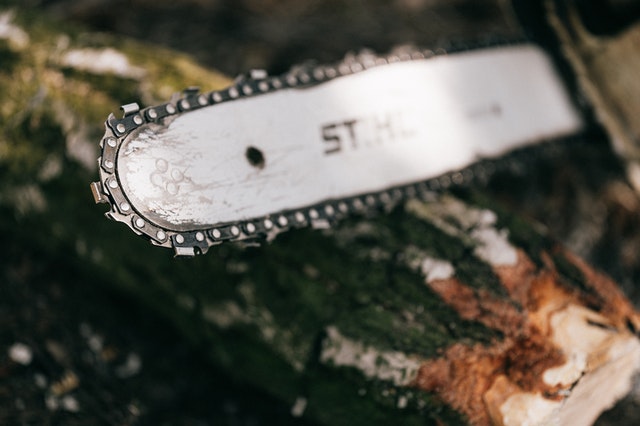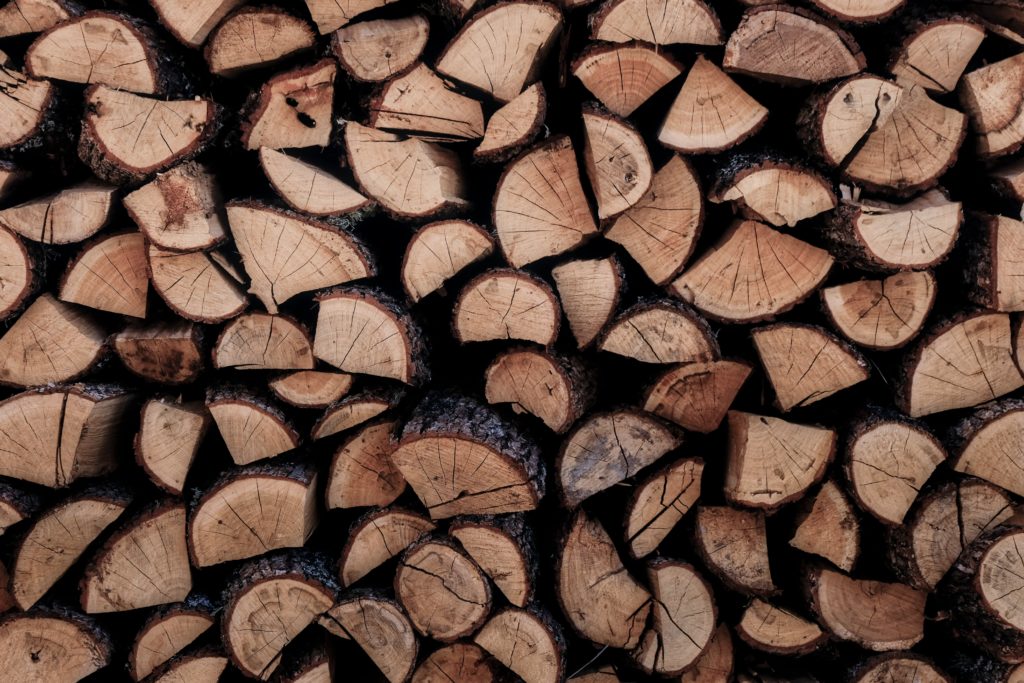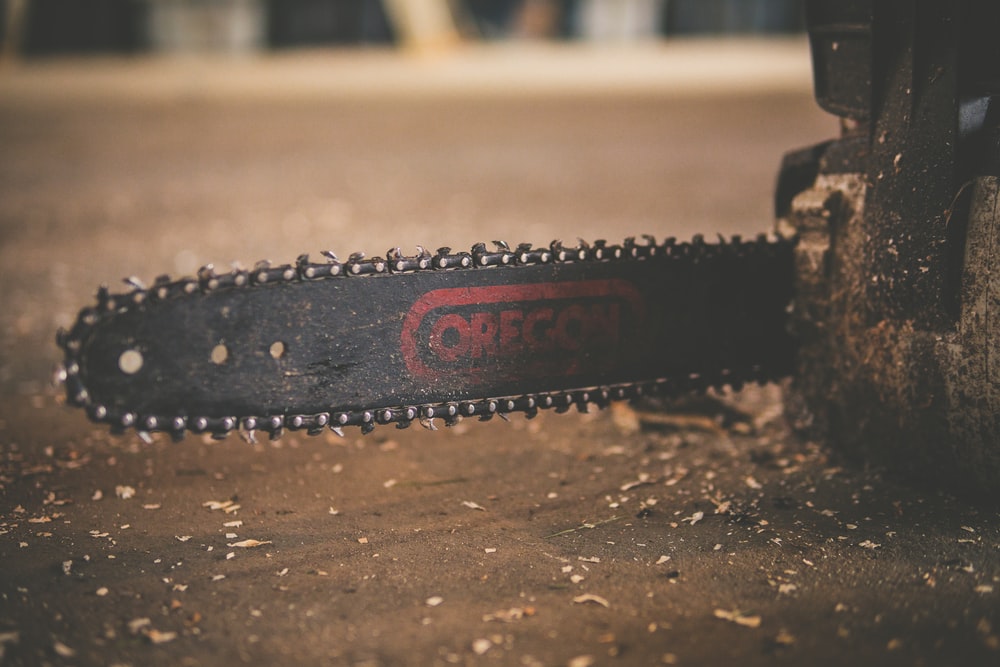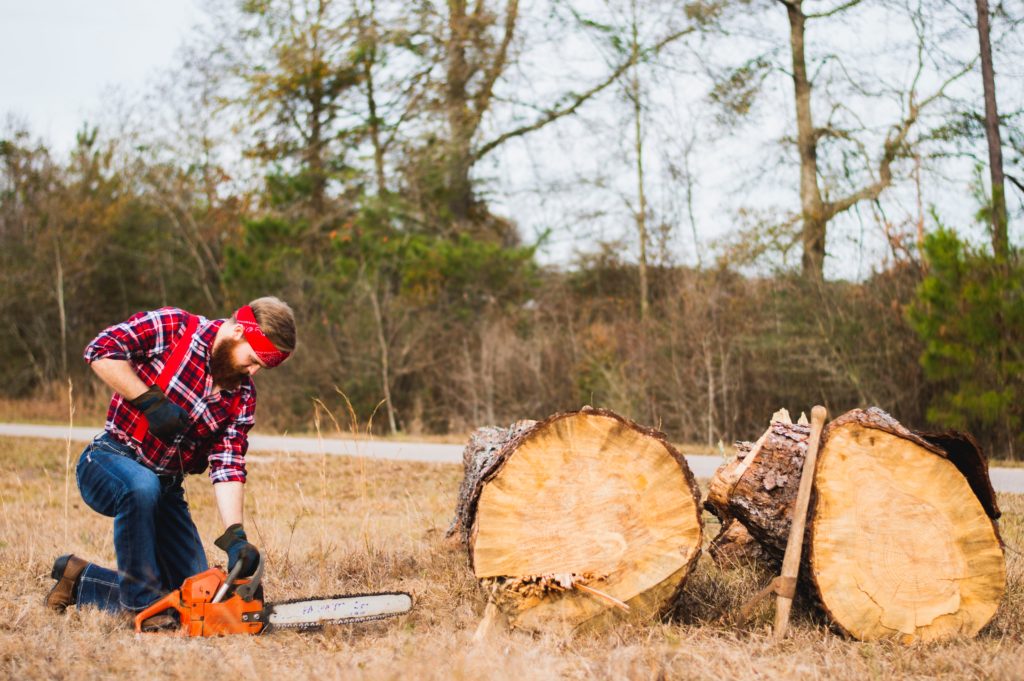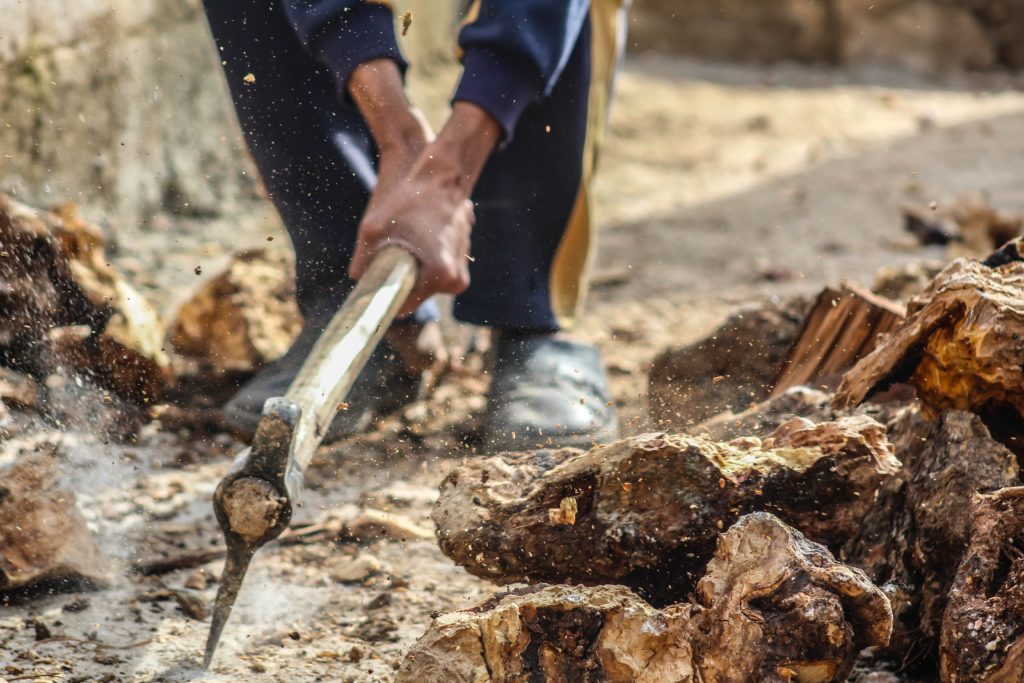Like with any power tool out there, a chainsaw requires regular maintenance to function correctly. If you suspect your chainsaw chain is dull, you should avoid cutting using a dull chainsaw blade because you can cause excess damage and increase fuel consumption. Keeping your chainsaw chain sharp makes your wood cutting process very efficient and safe and reduces the chances of the chainsaw bar launching upwards after the chain accidentally gets caught in the wood in which is known as a kickback. Kickback is among the most common cause of chainsaw injuries.
Methods to Sharpen Your Chainsaw Chain
There are three ways to sharpen your saw chain, and they include sharpening a chainsaw manually using a file or using an electric sharpener. Use a chainsaw sharpening guiding if you are not sure of your filing way.
1. Using a File Guide
This tool has several inbuilt files designed to sharpen your cutter chains and guide bar with the right angle. This might be thought of as a slow, sharpening process for your chainsaw, but once you have mastered the technique, it is relatively easy. You will need tools such as a filing guide to hold the round file at a uniform depth, a depth gauge guide for resetting depth gauges, and a flat-file. The following steps are how you sharpen the chain with a file but ensure you check your manual for the best file diameter for your flat file or round file.
1. Engage the chain brake and place the chainsaw bar with the attached chain in a vise and tighten the vise
2. Take your round file and hold the file perpendicularly to the chain bar
3. Align your top plate filing angle to be parallel to the alignment guide on one of the chain links
4. Place the round file in the notch while you push the file applying a slight amount of pressure towards the cutting edges and on top of the tooth.
5. Slowly push your file from the inside of the tooth to the outside of the tooth, maintaining a constant speed and pressure
6. Once you file every tooth, skip the tooth behind it and jump to the next tooth, which helps you avoid sharpening all teeth in one direction. After you are done with one side of the chain, count the number of file strokes per cutter and use the same number on each cutter to sharpen the other side to obtain cutters of identical length.
7. Check every tooth to make sure it's sharp and that all cutting teeth are sharpened, and when the cutting edge has a shiny part, you know its sharp
8. Once you have confirmed your chain is sharp, remove the chain bar from the vise and your chainsaw chain is ready to be used.
To test it, every time you fuel up, give your chain two swipes. If the chain is still dull, do extra swipes till it's sharp. Note that the file sharpens on forward stroke only.
2. Using an Electric Sharpener
The grinder is the best to get you smooth, clean, sharp chainsaw cuts, but this also reduces your chain's lifetime. The following are steps to use an electric sharpener but make sure you use the chainsaw owner's manual.
1. Check your grinder wheel shape
2. Position the vise assembly to the suitable top plate filing angle drive 7 32
3. To set the proper angle of the grinder head, use the recommended top plate cutting angle.
4. Ensure the vise blocking handle is tight and the chain is blocked
5. Switch on the electric sharpener
6. Lower the arm-motor unit to be able to sharpen the cutter
7. When you have finished sharpening the chain cutter, release the chain brake, raise the arm and loosen the handle
8. Position the next cutter to get sharpened by running the chain forward
9. Once again, block the handle and sharpen
10. When you are done chainsaw sharpening all the cutters, turn your machine off and unplug the power cable
11. Also, to protect and maintain the correct shape of your grinding wheels, dress them using either a dressing brick or a rotary dresser.
Before you sharpen a chainsaw with a grinder, you should have done approximately 40 fuel-ups using your chainsaw, which is equivalent to 40 sharpenings using a file guide. The grinder's main disadvantage is that it takes off more metal than a file guide, and that is why the sharpenings are done after 40 fuel-ups.
When to Sharpen Your Chainsaw Chain
Inspect your chainsaw chain to see if it's broken, needs repair, or needs replacement, which you can replace in your nearest hardware store. You will know your chainsaw is worn out if it has difficulty positioning, crooked cuts, missing or damaged teeth, and when you experience a lot of smoke even with enough lubrication and the right chain tension. Also, if the wood debris from your chain looks like dust rather than chips, this is a clear indicator that your saw chain is dull and needs sharpening.
How often should the chain be filed?
How often you sharpen a chainsaw has no specific answer, and this is because the sharpness of a chain may sometimes last up to 3 months and sometimes less depending on where and what you are cutting. The individuals cutting close to the ground or roots of a tree will dull their chain saw faster than those cutting planed softwood. So to avoid using dull chains in general, inspect your chainsaw chains often.
Frequently Asked Questions
1. Why does my chainsaw chain dull so quickly?
Some of the reasons your chainsaw chain dulls quickly is you put a steep angle on the cutters, or your rakers are too far down and thus making the chain dulling quick. You might also be cutting dirty wood, or the bar's tip might be slightly touching the ground. Check all these things to know which one is the problem.
2. Does cutting wet wood dull a chainsaw?
Not necessarily. Cutting through a wet log might attract some buildup because of the damp sawdust, but it does not dull a chainsaw any more than dry wood.
3. What is the least count of depth gauge?
The least count is 0.02mm for the analog depth gauge, while for the digital type, it is 0.01mm. Ensure you don't cut the depth gauge too low because the low depth gauge setting requires more power from your chainsaws, which shortens the life of your chainsaw blade, increases users' fatigue, and increases kickback risk.
